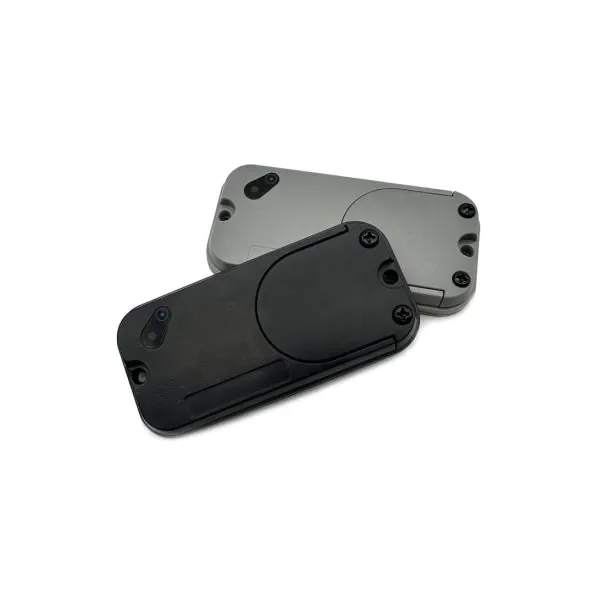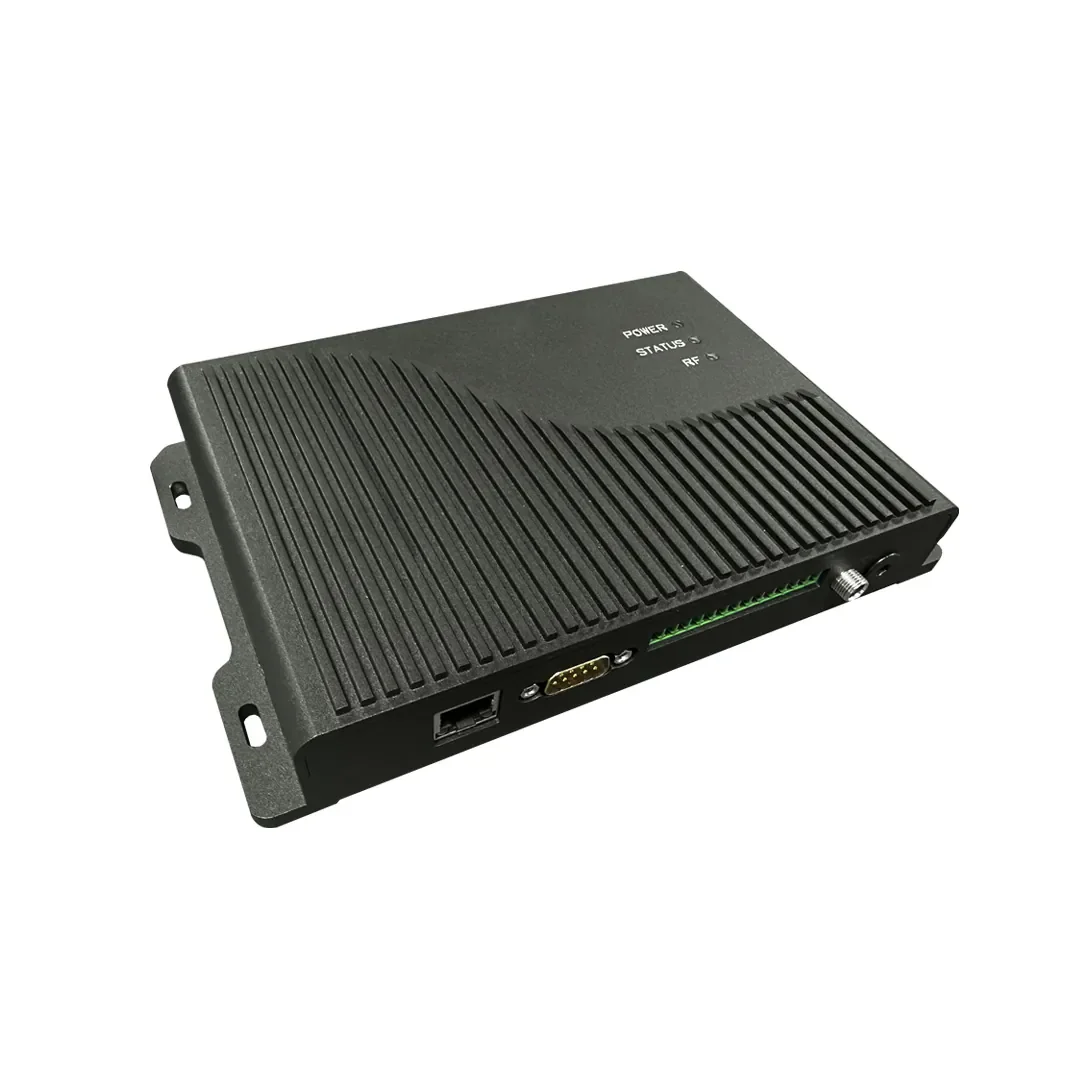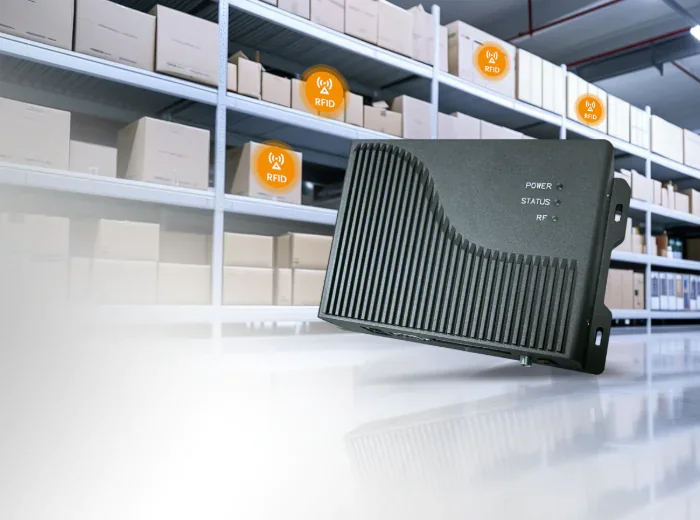Consider the last time you quickly checked out at a store using self-scanning. The efficiency you experienced was likely powered by a tiny, unassuming technology: the RFID tag. At RSTC, as a dedicated RFID tag manufacturer, we specialize in creating these powerful tools. Many people encounter RFID tags daily without realizing it, from securing merchandise to streamlining logistics. So, what are these items, and how do they function so effectively? This article will explain the fundamental principles behind RFID tags and the mechanics that make them indispensable in modern systems.
Table of Contents
ToggleThe Core Components of an RFID Tag
To understand how an RFID tag works, we must first look at its construction. Fundamentally, RFID tags are the backbone of any RFID system. These small, yet powerful labels efficiently store and transmit data using radio frequency signals. Despite their compact size, they can hold substantial amounts of information about a product’s journey, from the supplier to the retail shelf. Each tag contains two key elements: an integrated circuit for storing and processing information, and an antenna for receiving and transmitting the signal. This combination is what allows a simple RFID sticker tag to carry detailed data wirelessly. At RSTC, our role as an RFID tag manufacturer involves precisely engineering these components for reliability and performance across various applications.
The Communication Process Between Tag and Reader
The magic of this technology unfolds through a silent conversation using radio waves. An RFID tag works in conjunction with the entire RFID system, including antennas and software. The process begins when an RFID reader’s antenna emits a specific electromagnetic signal. This signal does two things: it provides the power needed to activate passive RFID tags, and it sends a command requesting data. The tag’s antenna picks up this signal, powering the microchip, which then responds by sending back its stored information. This entire exchange, from signal emission to data return, happens almost instantaneously. This efficient communication is a key focus for us at RSTC when we design and produce our range of RFID sticker tags and other tag variants.
From Data to Action: The Role of the System Software
Receiving the data from the RFID tag is only part of the solution. The next critical step is interpretation and action. The antennas emit electromagnetic signals that power and activate the tags, enabling them to wirelessly send their stored data. The RFID reader picks up these signals and relays them to the system’s software for further processing. This software is the brain of the operation. It translates the unique identifier from the tag into actionable information, such as updating an inventory count, verifying an asset’s location, or triggering a point-of-sale transaction. The reliability of the RFID sticker tag is therefore paramount, as the entire chain of action depends on the accuracy of the data transmitted. As a professional RFID tag manufacturer, RSTC ensures that every tag we produce delivers a clear and consistent signal to keep these systems running smoothly.
In summary, RFID tags are sophisticated data carriers that enable seamless automation. They function by being activated by a reader’s signal and responding with their stored information, which is then processed by specialized software to create real-world solutions. The effectiveness of any application relying on this technology is deeply connected to the quality of the RFID tags used. At RSTC, our experience as a leading RFID tag manufacturer is centered on producing robust and dependable RFID sticker tags that form the reliable foundation these modern systems require.








